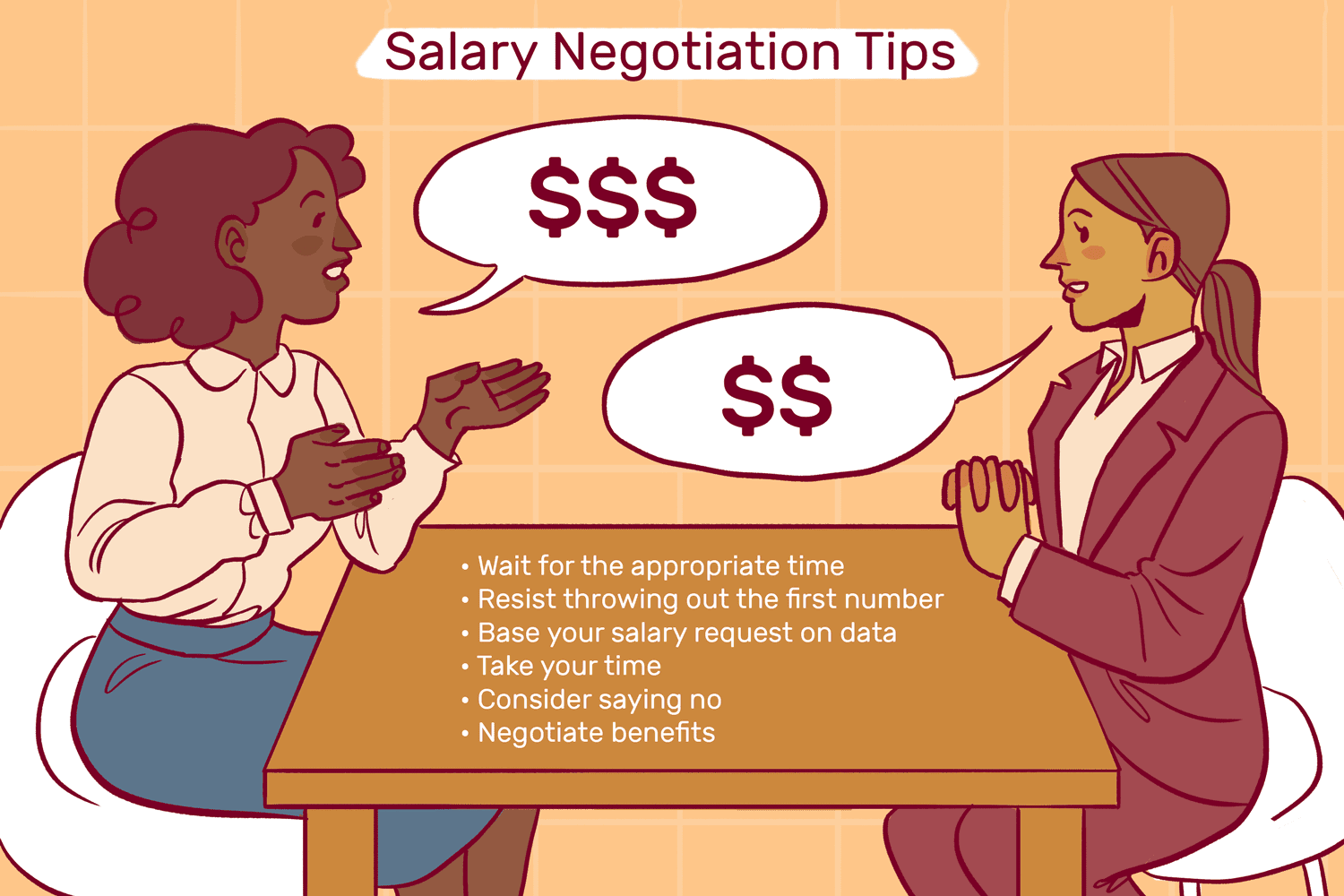How to Build a Professional Portfolio 2024, How to Build a Professional Portfolio, In today’s competitive job market, having a polished and compelling professional portfolio is essential. A portfolio is a curated collection of your best work samples, projects, skills, and accomplishments that showcase your expertise and talents to potential employers or clients. It serves as a powerful marketing tool that can differentiate you from other candidates and highlight why you are the ideal choice for the role.
Building an impressive portfolio requires thoughtful planning, organization, and ongoing effort to maintain. Here are some key steps to help you create a professional portfolio that will impress and open doors:
Define Your Goals
Before you start assembling your portfolio, take some time to define your goals and target audience. Are you looking for a new job in your current field? Hoping to transition to a different industry? Planning to attract freelance clients? Understanding your objectives will help you tailor the content and presentation of your portfolio accordingly.
Inventory Your Work
Gather all of your relevant work samples, projects, writing samples, designs, code snippets, presentations, awards, certifications, and any other items that demonstrate your skills and achievements. Get everything in one place so you can assess what you have to work with.
Select Your Best Pieces
With all your potential portfolio pieces in front of you, it’s time to critically evaluate and select only your strongest work that aligns with your goals. Don’t include everything – quality matters more than quantity. Curate a focused collection highlighting your most impressive and relevant accomplishments.
Organize and Format Professionally
Once you’ve selected the items to include, organize them in a logical, visually appealing way. Create sections with clear labels. Develop a consistent formatting approach. Use high-quality printing or screenshots. The organization and presentation should exude polish and professionalism.
Write Descriptive Captions
In addition to the portfolio pieces themselves, provide clear and compelling captions, brief descriptions, and contextual information. Explain why each item was included and what specific skills or achievements it demonstrates. These captions add depth and allow your work to tell a cohesive story.
Tailor Contents to Your Goals
While your core portfolio items may stay relatively consistent, you should still tailor the overall content focus and emphasis for different goals or audiences. Looking for a product marketing role? Highlight relevant marketing projects and results. Pivoting to UI design? Foreground your design work. Set the appropriate context.
Create Website/Online Portfolio
While printed physical portfolios still have their place, an online portfolio or personal website is an absolute must in this digital age. It makes your work instantly accessible and allows you to incorporate multimedia elements. Use a clean design, clear navigation, and optimize for search engines. Link to it on your resume, cover letters, and professional sites.
Highlight Accomplishments
In addition to work samples, include information on your education, professional development, presentations, published works, significant accomplishments, community involvement, test scores, or anything else that underscores your qualifications and expertise.
Quantify Results When Possible
Wherever applicable, use hard numbers, data, metrics, and statistics to quantify the scope and impact of your achievements. Instead of simply stating you “managed a product launch,” include details like “coordinated product launch across 12 regions resulting in 18% year-over-year revenue growth.” Quantifiable results make your claims concrete.
Get Creative with Storytelling
While fundamental content and organization are crucial, getting creative with your portfolio’s overall narrative and storytelling can make it even more compelling and memorable. Use visuals, graphics, and design flair. Infuse aspects of your unique personality and voice. Turn it into a persuasive pitch for your capabilities.
Customize for Each Opportunity
A portfolio should never be a static, one-size-fits-all document. Take the time to tailor, update, and customize details for each specific job, client, or opportunity you are pursuing. Research the role and tweak content, formatting, and messaging to align with what that particular audience values most.
Get Feedback and Revise
Don’t be afraid to get a third-party perspective. Share your portfolio with trusted mentors, colleagues, teachers, professionals in your field, and others whose opinions you value. Solicit honest feedback on content, messaging, visuals, areas for improvement – everything. Then iterate and refine based on their input.
Make It a Living, Evolving Repository
Your portfolio should be an ongoing work in progress that you continuously revisit, revise, and expand as your skills and experiences grow. Remove older or less compelling items. Swap in fresher, more impressive samples. Update achievements and skills as you reach new milestones. An evergreen, dynamic portfolio keeps your professional brand current and evolving.
In our visually-driven world where attention spans are short, having an impressive portfolio is vital for making a strong first impression and standing out. It provides a tangible, persuasive snapshot of who you are as a professional – your skills, talents, experiences, successes, and value you can deliver. With thoughtful planning and ongoing effort, your portfolio will be a powerful resume supplement that opens doors to exciting opportunities.








